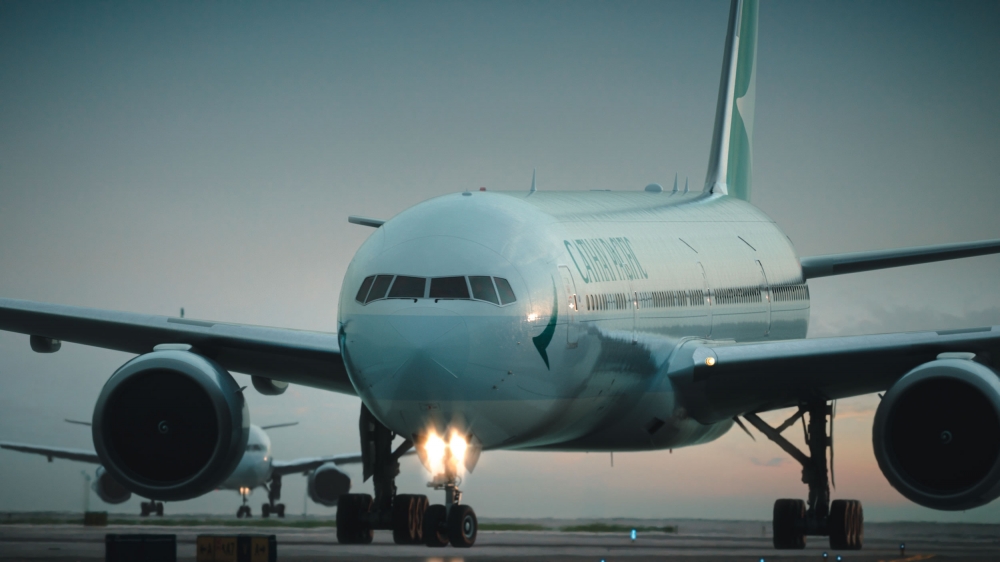Asia-Pacific passenger growth throttles back in February.
27 March, 2017
2 min read


After a stunning start due to an early Lunar New year, demand growth in the Asia-Pacific dropped to more subdued levels in February but the Association for Asia Pacific Airlines remains optimistic about future growth.
Preliminary figure released by the association showed a total of 24.2 million international passengers flew on the region's carriers in February, up 2.2 per cent compared to the same month last year. That compares with a 7.7 per cent rise in January compared to the previous year.
Demand in terms of revenue passenger kilometres grew by 3.9 per cent, outpacing a modest 1.2 per cent increase in available seat capacity to see the average international passenger load factor rise by 2.1 percentage points to 80.2 per cent.
International air cargo demand, considered an indicator of economic health, registered double-digit growth of 11.3 per cent in February compared to the same month last year.
AAPA said this was underpinned by strong growth in new export orders and an acceleration in international trade activity.
"Notwithstanding the distortion in growth comparisons due to the earlier timing of this year's Lunar New Year festive period, combined figures for the first two months of the year show an encouraging 5.1 per cent increase in the number of passengers carried by the region's carriers to a combined total of 51 million,’’ AAPA director general Andrew Herdman said.
"During the same period, air cargo demand registered a healthy 7.6% increase, with a boost in demand for air cargo shipments of intermediate and finished goods."
"High levels of business and consumer confidence across most major markets underpins continued optimism for further growth in both air passenger and cargo demand.
“However, intense market competition, rising fuel and other costs will continue to put pressure on yields. As such, the region's carriers remain vigilant in seeking further opportunities to enhance growth and increase operational efficiency."
Get the latest news and updates straight to your inbox
No spam, no hassle, no fuss, just airline news direct to you.
By joining our newsletter, you agree to our Privacy Policy
Find us on social media
Comments
No comments yet, be the first to write one.

